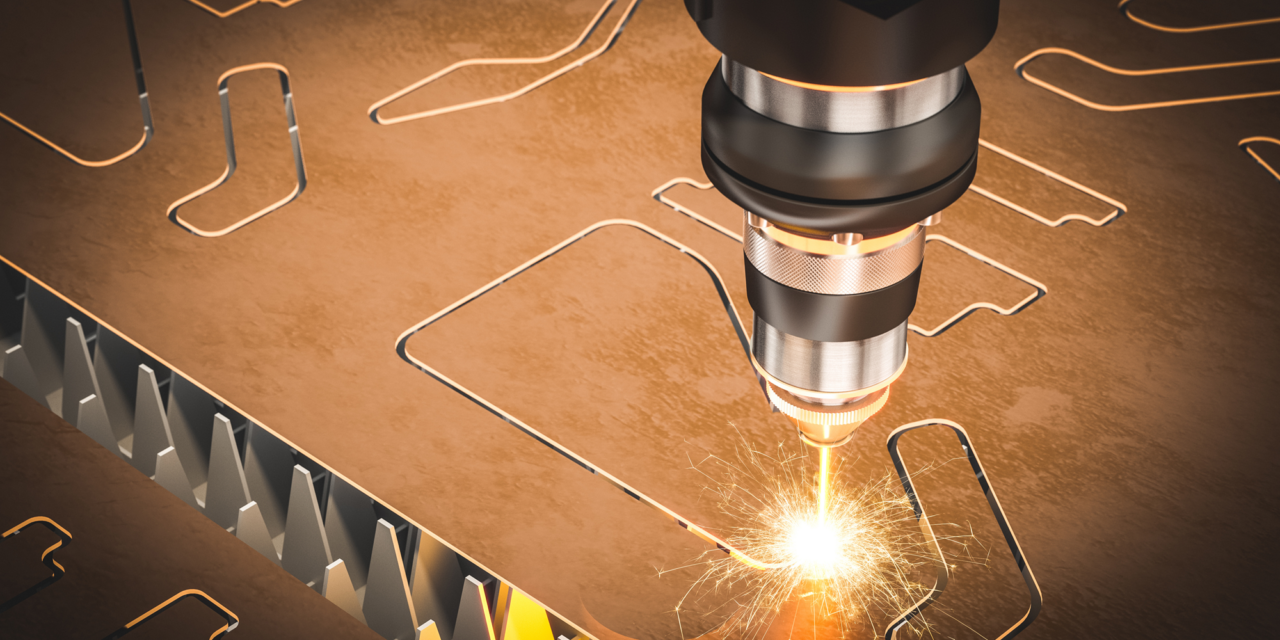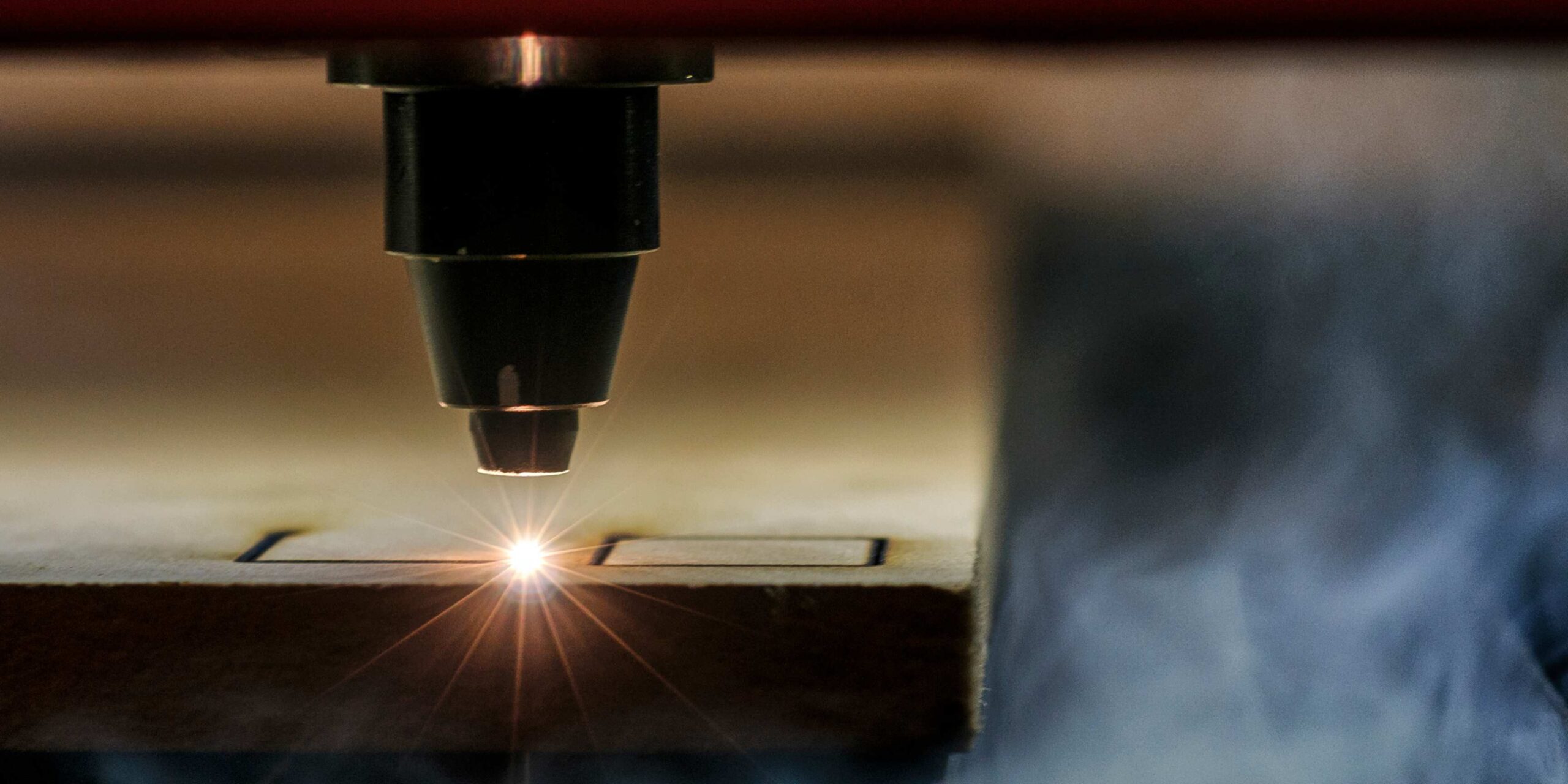How Much Do Lasers Cost Per Watt

Overview of Laser Systems
Lasers is the acronym for Light Amplification by Stimulated Emission of Radiation, which emits light through the process of optical saturation. Their uses include even cutting and welding of metals in surgeries, optical communications and entertainment. Classifying lasers by their ability to generate a laser beam output in watts (W) counts among the major factors in assessing performance and cost.
Determining Factors of Laser Prices
Type of Laser
The type of laser and its cost per Watt is critical to know how much it can cost.
There are various types of lasers, each suited for specific applications:
– Solid-State Lasers: These use a solid medium like a crystal or a glass. It is mostly cheaper, but it may be even less effective in some cases compared to others.
– Gas Lasers: These lasers are efficient and accurate; they use gas as the gain medium. However, they are more costly than other methods of disposal.
– Semiconductor Lasers: These lasers are frequently used in electronics and telecommunication applications and are less costly in applications requiring low to medium power output but could be relatively expensive at high powers.
– Fiber Lasers: High co-efficiency, and power make fibre lasers widely used in industrial fields. They are cheap to use and do not compromise performance.
Power Output
Laser cost is often proportional to the power that the laser itself generates. In most cases, it is observed that with an increase in wattage, the price of the laser also increases. Because additional components are necessary to develop and maintain high power production.
Application-Specific Requirements
It is also important to consider that the intended application of the laser can play a role in laser costs. Lasers used in industrial applications such as cutting and welding need more power and accuracy, thereby increasing the price. Yet, consumer lasers for home or office use usually have less power and are cheaper.
The cost of lasers is also influenced by the materials used in the manufacturing of the lasers. Superior quality of the optical components, fine mechanical work, and incorporation of new-age electronics boost the costs.
Brand and Technology
It is worth noting that brands with a reputation for delivering quality and durability products will always have their products priced higher. Also, there are lasers that use modern technologies, or when built with higher performance characteristics, they are likely to cost more.
Laser Watt Cost Breakdown

Low-Power Lasers
The cost per Watts is very low in certain low-power usages, like laser pointers and barcode scanners. These lasers are generally within a few dollars to tens of dollars per Watt. These above models are relatively cheaper because they are not as complex as the complicated models, use fewer materials and are more affordable to manufacture.
Medium-Power Lasers
For example, telecommunications, medical devices, and consumer electronics lasers often employ medium-power lasers. These lasers can cost from 10$ to 100$ per watts. The increased cost is connected to the need for higher accuracy, stability, and, sometimes, certain wavelength characteristics.
High-Power Lasers
Industrial applications of lasers, which include laser cutting, welding, and engraving, use high-power lasers, which can be costly. It costs anything from one hundred to several hundred dollars per watts. The main reason is that the required power sources, cooling systems, and most components have to be strong to address the power density.
Ultra-High-Power Lasers
Laser outputs above several kilowatts are employed in a few applications, including the military and research. These lasers can be very expensive; the price per Watt of these lasers is in the thousands. The high levels of power achieved owing to the high complexity and precision and the technology used in their manufacture are reflected in the high prices.
Costs over the last years, their trend and future predictions
Development of Technology
The lasers are gradually cheaper owing to technological improvements. New material, fabrication, and design technologies are rendering lasers more affordable and effective. The development of fibre laser technology has seen costs come down even as the performance improves.
Economies of Scale
An evaluation of the market forces depicts that demand for lasers in different operations has triggered economies of scale. Manufacturers also receive incremental cost benefits from the production of units, therefore making the lasers accessible to the market.
Customisation and flexibility
Lasers can be optimized for certain uses, and this is becoming a trend. It also enables the manufacturers to reduce the cost per Watt, and one can design specific elements and parts to fit particular needs.
The cost can greatly depend upon the type and wattage of the laser, the tasks it’s used for, the cost of production, and the brand. Despite high-power lasers still being costly, progressive technological improvements and elevated production volumes are slowly reducing their cost. Since the demand for laser technology increases each year, more and more people will be able to afford lasers and integrate them into all fields.
